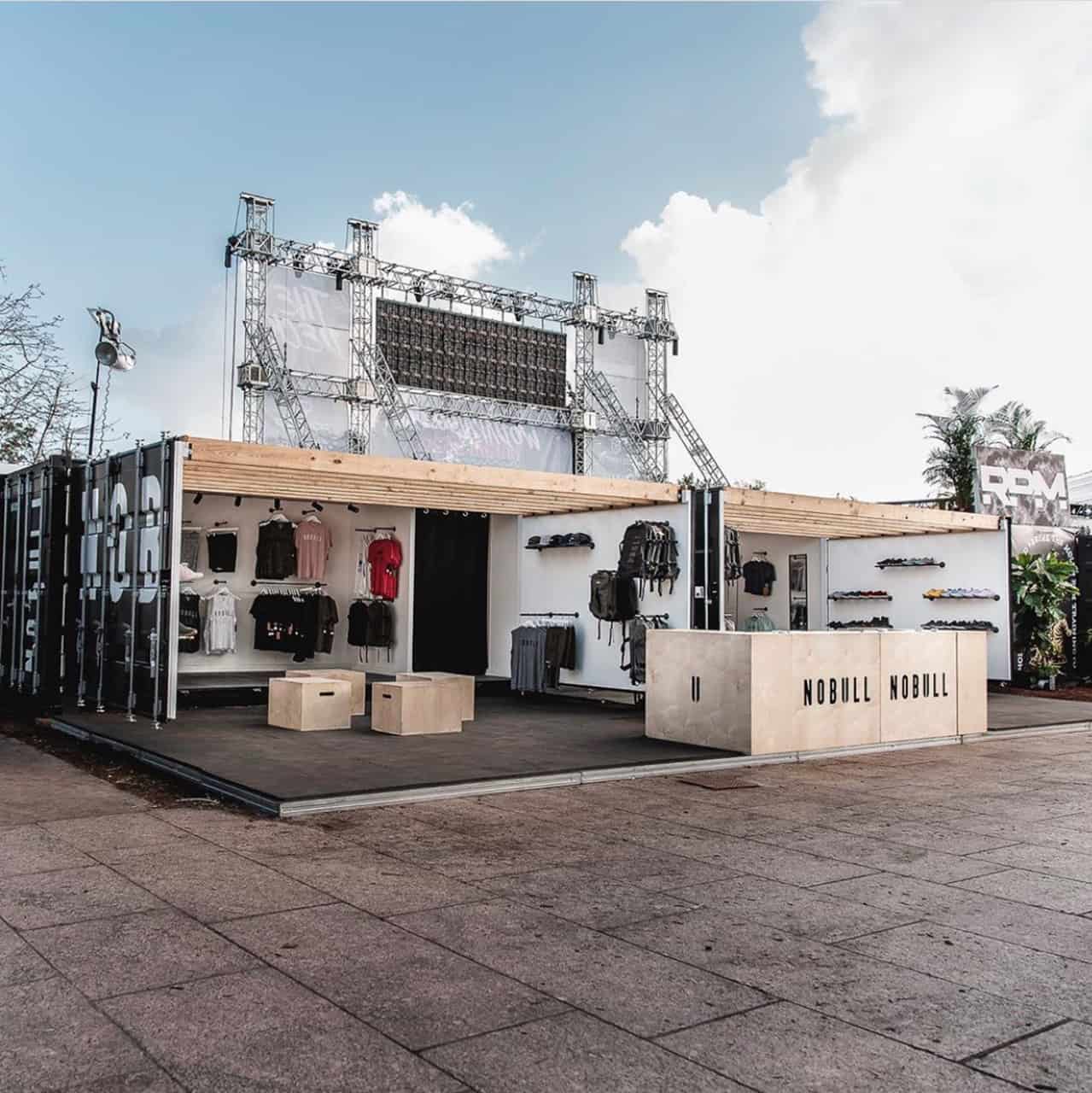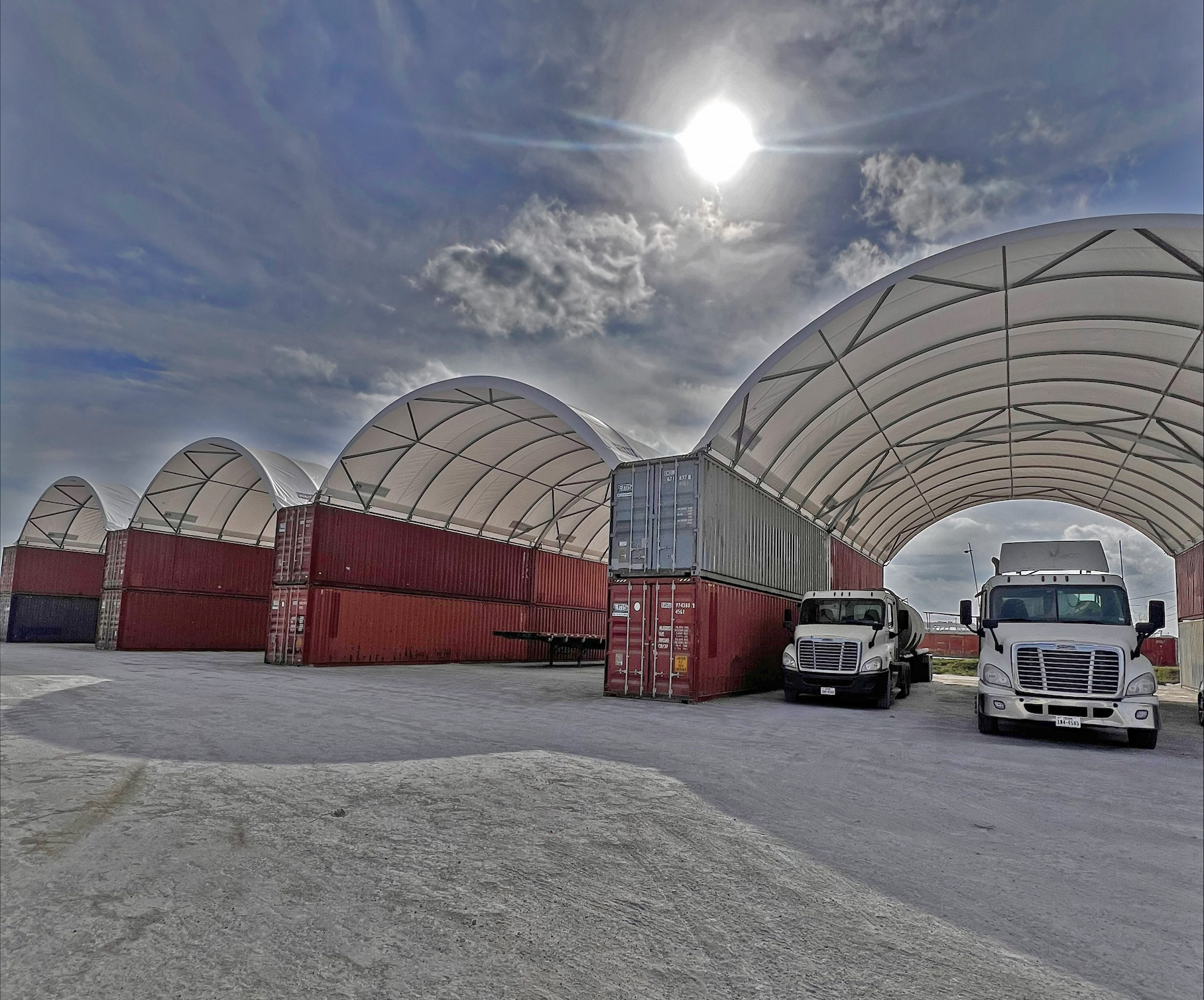If you’ve set your mind on having your very own container home, it’s no surprise that you’d want to get started on looking at various shipping containers for sale in Houston and elsewhere right away. After all, the sooner you find the perfect unit for your project, the earlier you can get started on developing your dream container home.
Although there is a certain truth to the claim that building a house using shipping containers is going to be faster than the traditional house construction, it doesn’t mean that it’s going to be totally easy. You will need to make modifications so the shipping container becomes fit for your new purpose – a home for your family.
It would be ideal to consult with your designer or contractor they can give you a clearer picture of what needs to happen. Here are some of the things that you can expect from the process.
Prepare Logistics
After doing ocular visits to depots and thorough inspections of potential containers, the next thing you have to take care of is the logistics of moving your container to its would-be location. Before you even decide on which truck to rent out for this move, you might want to make sure first that the area you’ll be putting it in has no outstanding policies about rolling in used shipping containers into the neighborhood.
There may be some guidelines about the kind of materials are allowed for construction use. Just to avoid any potential conflict or problems, it’s best to check first with the local government to make sure that there won’t be any violations on the local building and safety codes.
Once that’s clear, then you can start planning about how the container will be shipped to you. You can rent out a flatbed or a tilting truck to make its transportation a lot easier.

Laying the Foundation
You cannot simply set down container homes wherever you want. Although it can sit just about anywhere, there has to be certain standards to be followed if you’re going to use it for construction.
If you are using it for a home, a foundation will have to be built, usually of concrete blocks, in your chosen plot or location. This foundation is important because this is where the container will be sitting upon. Steel rebar will be used to reinforce the stem wall foundation. Afterwards, steel plates will then be embedded to act as the supporting corners of the unit that will be set on the foundation.
Bolts will be crucial to hold down the unit, and then they are also welded into place. Essentially, what makes the process speedy is the modular design of the container. That’s why in setting up the foundation, it’s literally just a matter of setting the unit down a secure base before the real work begins.
Insulating the Interior
Customization then follows. Cutting out openings for windows and doors, plumbing, electrical fit-out, and partitioning if necessary. Bins and shelves, doors, windows, and locks will need to be fitted too.
Whether you’re using it for storage, as a house, or commercial space, it’s important that you insulate the shipping container. This is a crucial part of the process because it helps regulate the temperature inside. Without insulation, the interior can become stuffy and humid in summer and freezing cold during the winter months. Proper insulation, not only provides you protection from extreme weather conditions, it also helps protect the container from damage; no moisture accumulations that lead to corrosion and mold growth, plus a little bit of protection from dings and scratches.
These are just some of the things you can expect to happen when you choose to repurpose a shipping container unit. At the core of all this, of course, is the need to find the most suitable unit to use in your build.
Consult with a knowledgeable and reputable supplier such as Equipment Management Services to get the appropriate guidance when buying.
Sources:
Living in a Steel Box: Are Shipping Containers Really the Future of Housing? The Guardian.
Shipping Container Homes. Bob Vila.









